Nationality American Name Al Columbia | ||
 | ||
Pseudonym(s) LucienOrange SunshineJack Lazy Notable works The Biologic Show"I Was Killing When Killing Wasn't Cool""The Trumpets They Play!"Pim & Francie: The Golden Bear Days Books Pim & Francie: The Golden Bear Days, Biologic Show #0, Pogostick #1 Born 1970 (age 51) Similar Paul Hornschemeier, Ethan Persoff, Stéphane Blanquet | ||
Pim francie the golden bear days by al columbia video preview
Al Columbia (born 1970) is an American cartoonist.
Contents
- Pim francie the golden bear days by al columbia video preview
- Big Numbers
- 1990s
- 2000s and beyond
- Recurring characters
- Seymour Sunshine
- Pim and Francie
- Knishkebibble the Monkey Boy
- Music and film
- Influence
- Solo books and comic books
- Comic books with Ethan Persoff
- Works in anthologies and serial publications
- Profiles and interviews featuring original artwork
- Other works
- References
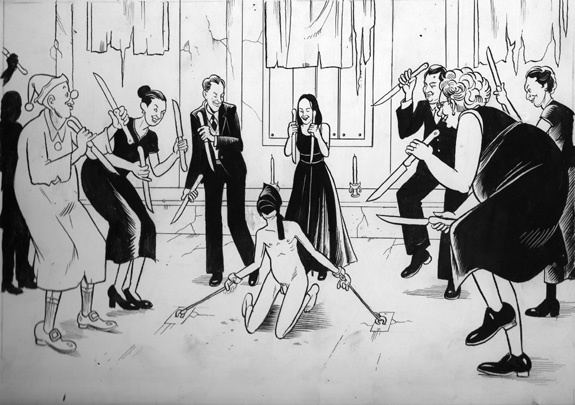
Big Numbers
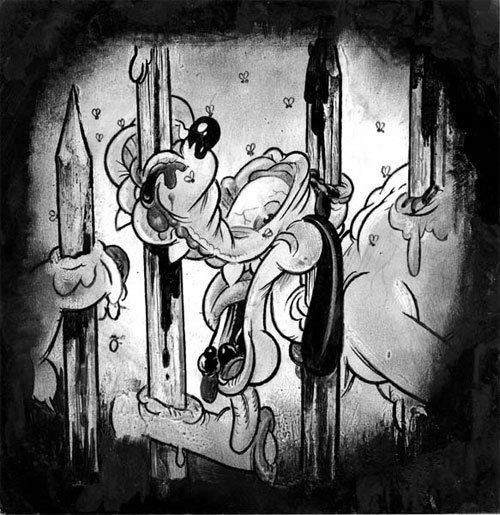
At the age of 18 Columbia was hired to assist Bill Sienkiewicz in illustrating Alan Moore's ambitious Big Numbers series. When Sienkiewicz withdrew from the series in 1990 after the release of the first two issues, Moore and his backers at Tundra Publishing asked the young Columbia to become its sole artist. In 1992, with no more issues released, Columbia himself left the project under a cloud of rumors and accusations, including claims that he had destroyed his own artwork for Big Numbers #4. Columbia declined to address the subject publicly for several years, writing in a 1998 letter to The Comics Journal that "I could easily launch into a tirade about the extensive horror of my Tundra experience, but I much prefer the very entertaining and conflicting accounts already in circulation." In later statements he confirmed that he destroyed his artwork but disputed other claims by the principal figures in the fiasco.
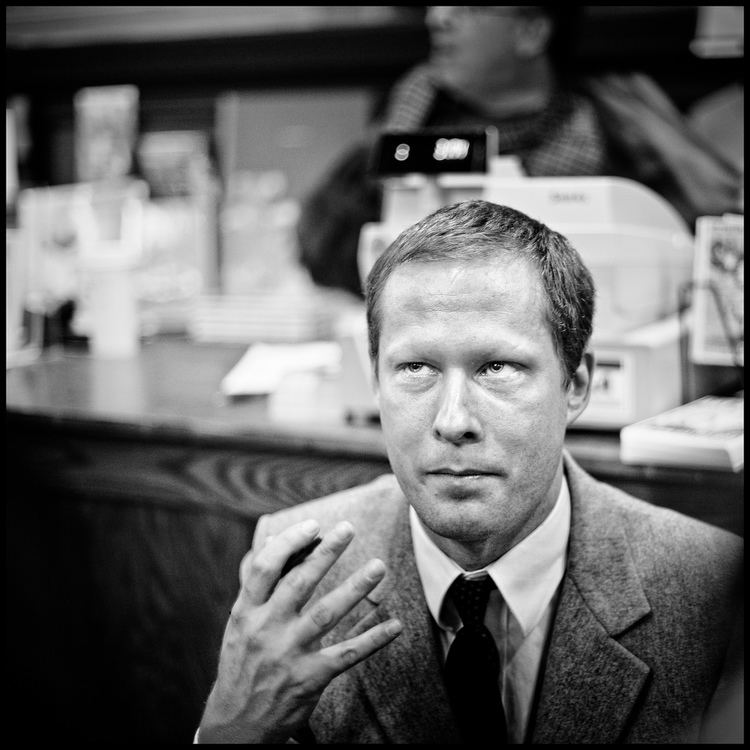
In a 2011 article reflecting on his Big Numbers experience, Sienkiewicz wrote that he and Columbia had long since reconciled over the matter, and that he was content to "[c]halk the feud up to the folly of youth."
1990s
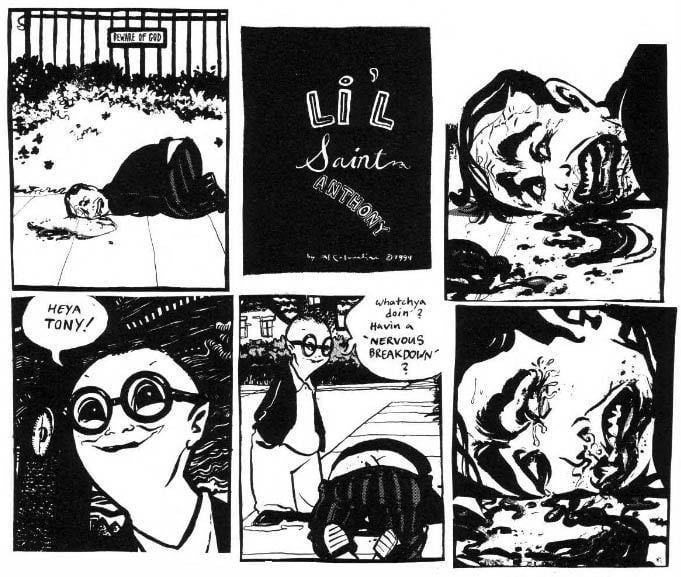
Columbia's first solo comic book, Doghead, was released by Tundra Publishing in 1992. He contributed to three issues of the horror anthology From Beyonde in the early nineties, initially under the pen name "Lucien" and then under his own name. His stories "The Biologic Show" and "Tar Frogs" also appeared in the British magazine Deadline. In these works, which focused on visceral and disturbing subject matter including mutilation, incest, and the occult, he moved away from the glossy photorealism of his time with Sienkiewicz towards a scabrous but virtuosic pen-and-ink style that emphasized grotesque physiognomic details such as grinning mouths full of teeth and leering, reptilian eyes.
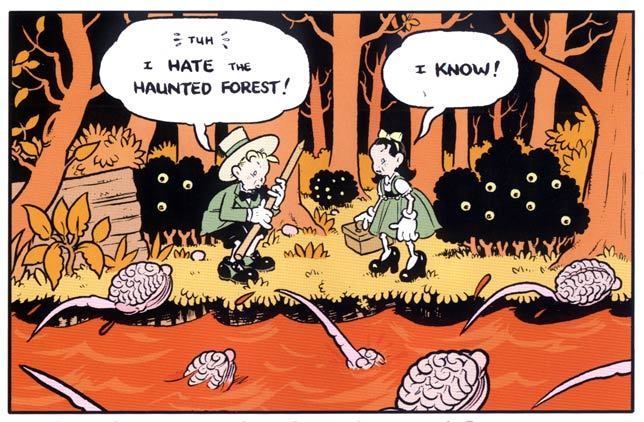
In 1994 Fantagraphics Books published Columbia's comic The Biologic Show #0. It contained partially redrawn versions of his stories from Deadline along with new works. It received mostly enthusiastic reviews and praise from other cartoonists including Mike Allred and Jim Woodring. The Biologic Show #1 followed in 1995, featuring the first part of a never-completed graphic novel, Peloria; an issue #2 was advertised but never appeared. Also in 1995, "I Was Killing When Killing Wasn't Cool" became the first of a series of two color short stories by Columbia to appear in the Fantagraphics anthology Zero Zero. In these works, noted for their striking visual rhythms and their vivid atmosphere of dread, he adopted a more streamlined drawing style evocative of early animated cartoons, particularly the works of Fleischer Studios. In later stories such as "Amnesia" and "Alfred the Great" Columbia combined cel animation-influenced character drawings with minutely detailed chiaroscuro backgrounds and some use of digital illustration techniques and photo manipulation. "The Trumpets They Play!", a widely lauded work in this style based on the Book of Revelation, appeared in BLAB! #10 in 1998.
During the 1990s Columbia did ancillary tasks such as color separation for the publications of cartoonists including Chris Ware, Walt Holcombe, and Archer Prewitt. He also created artwork for the set of comedian David Cross's 1999 television special The Pride is Back. Although he gave short interviews to several zines during this period, the small quantity of his published output and the cancellation of several previously announced titles and anthology contributions, compounded with lingering questions about the fate of Big Numbers, made him an object of much speculation. "Whatever happened to Al Columbia?" became a perennial question on comics websites and message boards.
2000s and beyond
During the 2000s Columbia made occasional contributions to anthologies including Mome, The Best American Comics, and Ashley Wood's Swallow. On November 19, 2001, The New York Times ran one of his illustrations on its Letters page. His work also appeared in the alternative newsweekly The Stranger and in magazines such as The Believer and Arthur. In 2003 he wrote two issues of The Pogostick, an unfinished comic book series illustrated by Ethan Persoff that was nominated for a Harvey Award. He created the artwork for The Postal Service's 2003 album Give Up.
Columbia's personal website, alcolumbia.com, went online in late 2006. The Adobe Flash-based site featured a changing assortment of illustrations, photographs, and multimedia content. It had closed by early 2012. A new website, Orange Sunshine House, appeared in 2013 at orangesunshinehouse.com.
In 2009, Pim & Francie: The Golden Bear Days, a book of Columbia's previously unpublished work, was released to widespread critical acclaim, including nominations for two Ignatz Awards.
In recent years Columbia has created original paintings and prints, many of which have been sold to private collectors. In 2013 a selection of his paintings was published on the website of Hi-Fructose Magazine.
Recurring characters
From The Biologic Show onwards Columbia's comics have featured several recurring characters who continue to reappear despite having been killed multiple times.
Seymour Sunshine
A frequent protagonist in Columbia's early work, Seymour Sunshine is a timid, passive manchild who resembles Koko the Clown. He first appeared in the story "No Tomorrow If I Must Return" in The Biologic Show #0. Other stories featuring the character include "I Was Killing When Killing Wasn't Cool", "Amnesia", and "The Trumpets They Play!".
Pim and Francie
A pair of impish waifs whose antics get them into horrific trouble, Pim and Francie first appeared in the story "Tar Frogs" and are the protagonists in "Peloria Part One" and Pim & Francie: The Golden Bear Days. The two have a loosely defined sibling relationship. According to Columbia they were originally modeled on him and his former girlfriend as cartoon characters before taking on a life of their own.
Knishkebibble the Monkey-Boy
Described in the story "Amnesia" as a "childish icon for mischievous and filthy pleasures," Knishkebibble was introduced in "Peloria Part One". In later appearances he acted as Seymour Sunshine's sidekick, serving mostly to drag both of them into dangerous situations. He is greedy, conniving, and vulgar, and usually speaks with a hillbilly accent.
Music and film
Columbia was a founding member of the band The Action Suits, whose other members have included fellow cartoonists Peter Bagge and Eric Reynolds. His more recent musical activities, including songs and music videos recorded with his partner under the name The Francies, have been sporadically documented on his websites.
In 2009 he directed and appeared in a music video for the song "These Wounds Never Heal" by the American heavy metal band Unholy.
In 2014 the Toronto International Film Festival screened Intruders, a short film directed by Santiago Menghini that includes a segment based on Columbia's comic "5:45 A.M.".
Influence
Gerard Way, the lead singer of My Chemical Romance and author of the comic book series The Umbrella Academy, described his exposure to Columbia's work as "a turning point" in the development of his sensibility. Marguerite Van Cook has praised Columbia's work as an example of the postmodern sublime, writing "Jameson suggests that nothing is left to shock us, but I'd suggest that Columbia does just that." Other artists who have cited Columbia as an inspiration include Tunde Adebimpe, Camille Rose Garcia, and Frances Bean Cobain.
In a 2009 interview with Juxtapoz magazine, illustrator Aaron Horkey asserted that "countless successful artists continue to pillage [Columbia's] back catalog, propping up their half-baked careers on the well-worn spines of second hand copies of Biologic Show."
